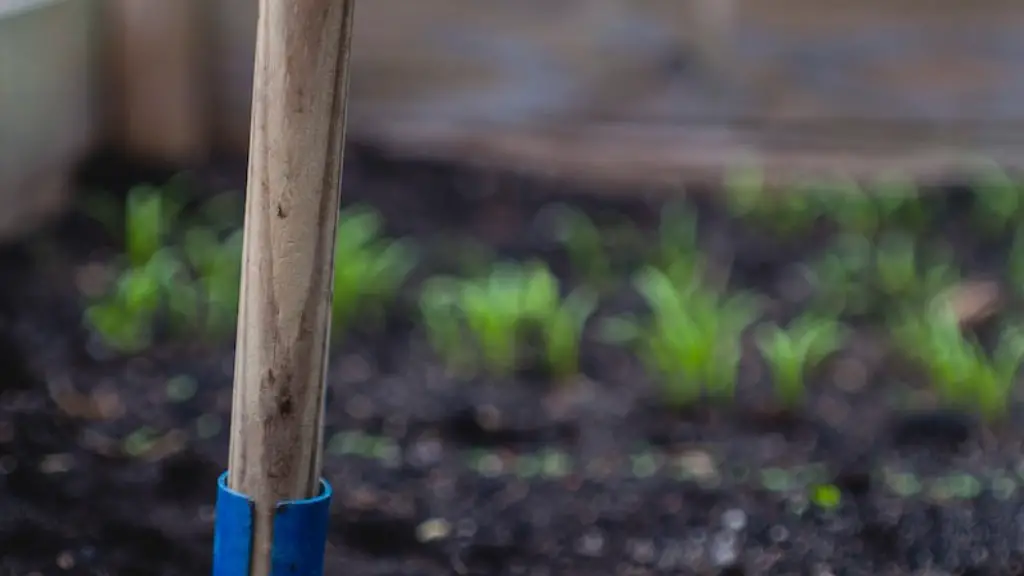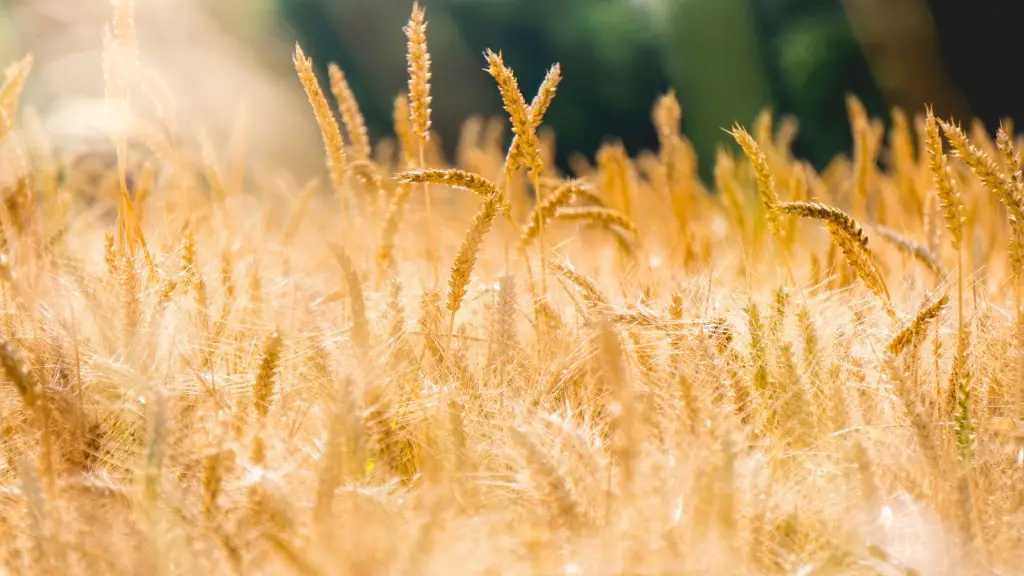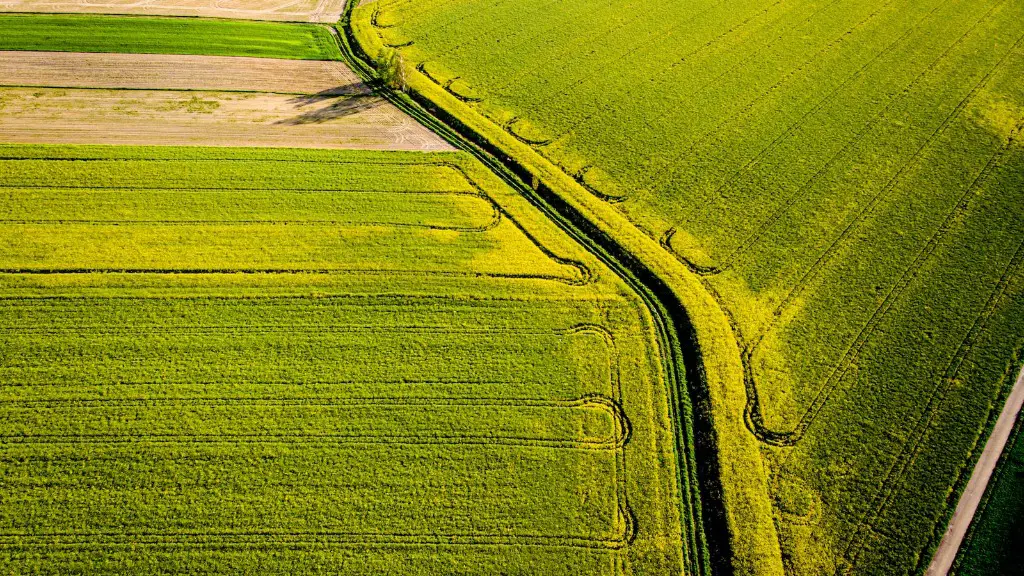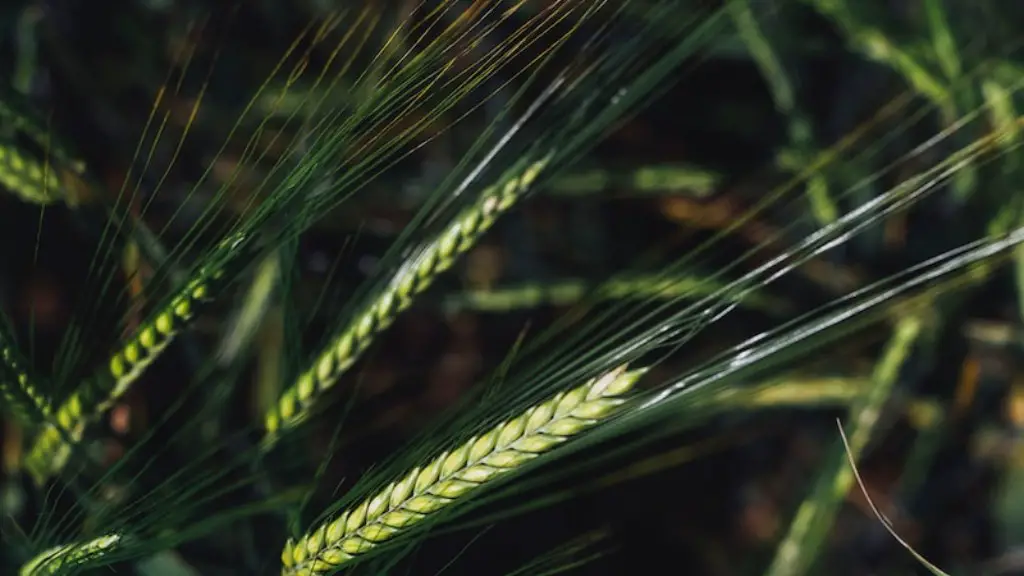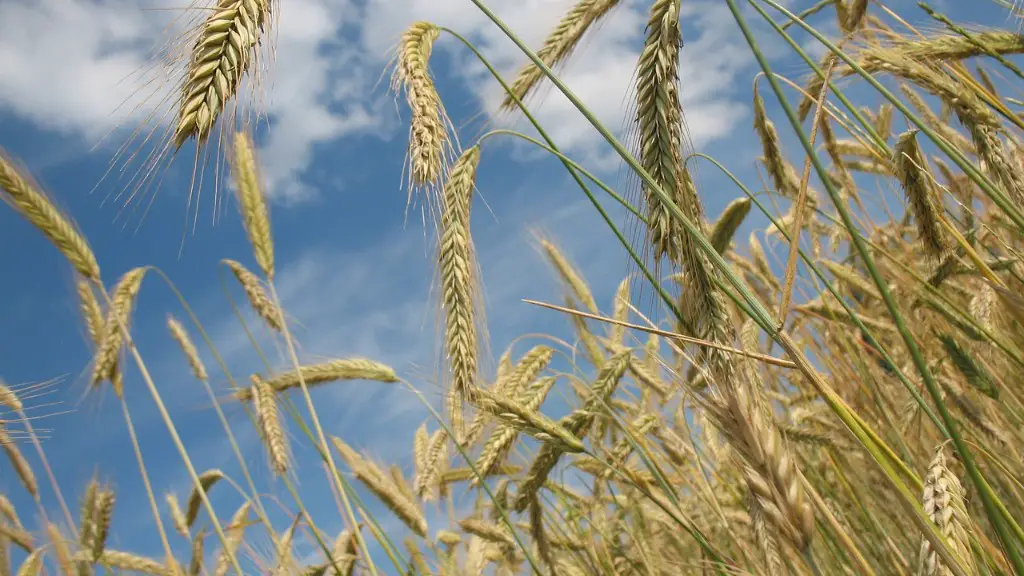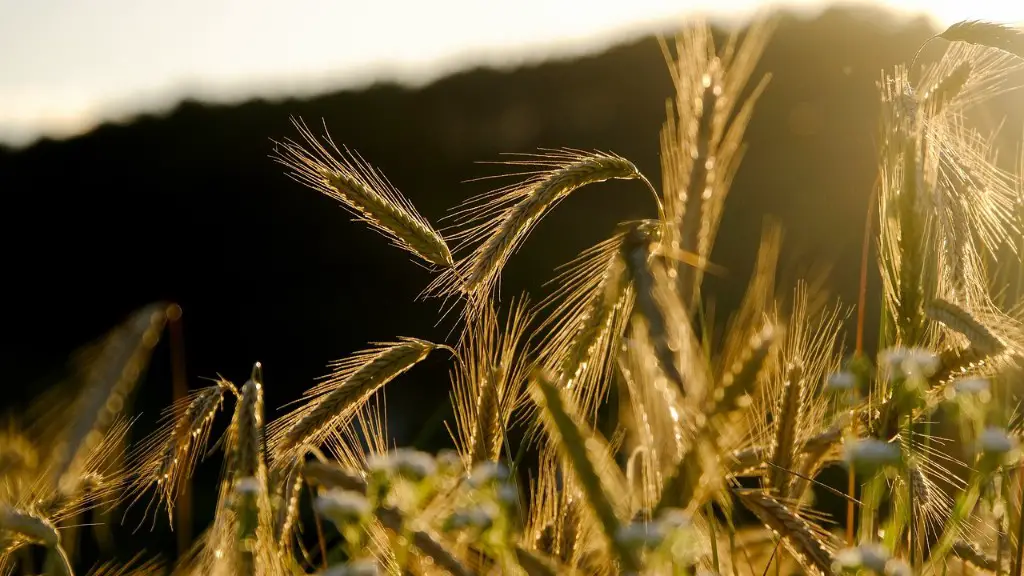Agriculture has long been a major contributor to water pollution. Pesticides and fertilizers used in agriculture can easily wash off of crops and into nearby water sources. This can lead to water contamination and potentially harm the quality of drinking water for nearby communities. Additionally, animal agriculture can also contribute to water pollution through the release of livestock waste into rivers and streams. This waste can contain harmful bacteria and other contaminants that can potentially make people sick. While there are some regulations in place to help prevent these types of pollution, more needs to be done to protect our water sources from the harmful impacts of agriculture.
Water pollution from agriculture is caused by a variety of factors, including the use of chemicals, such as fertilizers and pesticides; the raising of livestock, which can produce large amounts of manure; and the growing of crops, which can lead to erosion.
What agricultural activities contribute to water pollution?
Overgrazing, overworking the land, and poorly managed and ineffective application of pesticides, irrigation water, and fertilizer can all lead to serious problems for the environment. If not managed properly, these activities can degrade the quality of the land, negatively impact water resources, and cause pollution.
Runoff pollution, also known as agricultural nonpoint source pollution, is one of the leading sources of water pollution. It occurs when rain or melting snow carries pollutants from the land into waterways. These pollutants can include fertilizers, pesticides, animal waste, and sediment. Runoff pollution is a major problem for rivers, lakes, wetlands, and oceans. In fact, it is estimated that 80 percent of marine pollution comes from land-based sources.
Is agriculture the leading cause of water pollution
Agricultural runoff is one of the leading sources of water pollution in the United States. It is a major contributor to water quality problems in rivers, lakes, and wetlands. Agricultural runoff can contain a variety of pollutants, including pesticides, herbicides, fertilizers, and animal waste. These pollutants can degrade water quality, harming aquatic ecosystems and human health.
Agriculture is the leading source of pollution in many countries. Pesticides, fertilizers and other toxic farm chemicals can poison fresh water, marine ecosystems, air and soil. They also can remain in the environment for generations.
Many countries have enacted laws and regulations to try to control agricultural pollution, but the problem remains difficult to solve. In some cases, farmers are not aware of the potential environmental impacts of their activities. In other cases, they may be aware but feel that they have no other choice if they want to stay in business.
There are some things that consumers can do to help reduce agricultural pollution. For example, buying organic products supports farmers who are using sustainable practices. Reducing food waste also helps, since it takes less energy and resources to produce food that is actually eaten.
Ultimately, the solution to agricultural pollution will require a concerted effort from farmers, governments, and consumers. Only by working together can we hope to protect our air, water, and soil from the harmful effects of toxic chemicals.
Does agriculture have any impact on pollution?
Agricultural pollution is one of the leading causes of water pollution in the world. Pollutants from farming can be found in lakes, rivers, wetlands, estuaries, and groundwater, and these pollutants can have a negative impact on water quality. Sediments, nutrients, pathogens, pesticides, metals, and salts are all pollutants that can come from agricultural activities, and animal agriculture is a particularly significant source of pollution. Reducing agricultural pollution will require changes in farming practices, and better management of agricultural wastes.
The main causes of water pollution are global warming, deforestation, industry, agriculture and livestock farming, rubbish and faecal water dumping, maritime traffic and fuel spillages.
What is water pollution mainly caused by?
There are many sources of water pollution, but some of the most common are discharge from factories and homes, agricultural runoff, and leakage from water tanks. When chemicals and waste from these sources enter our waterways, it can cause serious harm to the environment and human health.
Large-scale, conventional farming focuses on intensive single crop production, mechanization, and depends on fossil fuels, pesticides, antibiotics, and synthetic fertilizers. While this system yields high production levels, it also contributes to climate change, pollutes air and water, and depletes soil fertility. The high production levels achieved by large-scale, conventional farming come at a great cost to the environment. This farming system is a major contributor to climate change, due to the high levels of fossil fuel use. Additionally, the use of pesticides and antibiotics can pollute air and water, and the heavy reliance on synthetic fertilizers can deplete soil fertility.
What are 3 ways humans pollute water
Industrial waste is one of the primary contributors to water pollution. Factories and other industrial sites often release hazardous chemicals and materials into the water, which can pollute local water supplies.
Marine dumping is another major source of water pollution. This occurs when ships dump their sewage and other waste into the ocean. This waste can then contaminate marine life, and eventually make its way into the human food supply.
Oil leaks and spills can also pollute water supplies. When oil spills into the water, it can contaminate drinking water and make it unsafe to consume.
Agriculture is another major contributor to water pollution. Pesticides and other chemicals used in farming can run off into local water supplies, polluting them.
Global warming is also causing water pollution. As the Earth’s climate becomes warmer, the oceans are becoming more acidic. This acidification is killing marine life and making the water less safe for humans to drink.
Finally, radioactive waste can also pollute water supplies. This type of pollution happens when nuclear power plants release radioactive material into the environment. This material can then contaminate water supplies and make them unsafe to drink.
Fluoride is the most important of the Fluorine salts, as it is the way Fluorine is found in nature. Arsenic is a very common metalloid found in the atmosphere, the hydrosphere and the soil. There are other natural pollutants such as manganese, uranium, radon, cesium and lithium.
What are the 3 main types of water pollution?
Water pollution refers to the contamination of water bodies with harmful substances. This can be due to human activities or natural phenomena. There are three main types of water pollution: pollutant substances that harm humans or animals, substances that decrease the oxygen content of water, and indirect pollutants.
The first category, pollutants that harm humans or animals, can be further divided into two subcategories: pathogens and toxins. Pathogens are microorganisms that cause disease, while toxins are poisonous chemicals that can damage organs or cause death. Both of these types of pollutants can enter water bodies through sewage or runoff from factories and farms.
The second category, substances that decrease the oxygen content of water, can also be divided into two subcategories: anaerobic decay and eutrophication. Anaerobic decay is the decomposition of organic matter in the absence of oxygen, while eutrophication is the over-enrichment of water with nutrients such as nitrogen and phosphorus. Both of these processes can lead to the death of aquatic life.
The third category, indirect pollutants, are substances that are not directly harmful but can have negative effects on the environment. These include greenhouse gases and other chemicals that contribute to climate change, as well as chemicals that cause
Agriculture is a leading driver of many of the world’s most pressing environmental problems, including deforestation, habitat loss, climate change, and water and air pollution.
Soil fertility loss is one of the most serious environmental effects of agriculture. Intensive farming practices strip the nutrients from the soil, leaving it less able to support crops. This can lead to soil erosion, as well as reduced water-holding capacity and increased vulnerability to drought.
Eutrophication of water bodies is another major environmental effect of agriculture. Nutrient runoff from agricultural land can lead to the over-enrichment of water bodies, stimulating the growth of algae and other aquatic plants. This can choke off oxygen supplies, leading to the death of fish and other aquatic creatures.
Deforestation is another major environmental effect of agriculture. Clearing trees to make way for farmland is a leading cause of habitat loss and species extinction. It also releases large amounts of greenhouse gases into the atmosphere, contributing to climate change.
Pesticide pollution is another significant environmental effect of agriculture. Pesticides can pollute the air, water, and soil, and contaminate food supplies. They can also have harmful effects on human health.
Why is agriculture bad for ecosystems
Harvesting the crop represents a significant amount of nutrients, water, and energy being taken from the land. This leaves the land barren, and unfriendly for the growth and development of new organisms and ecosystems. This is especially true of land used for industrial monoculture farms.
Agriculture is one of the leading causes of environmental degradation. It contributes to climate change, deforestation, biodiversity loss, dead zones, genetic engineering, irrigation problems, pollutants, soil degradation, and waste. These problems are having a negative impact on our environment and our ability to sustain life on this planet. We need to find ways to reduce the impact of agriculture on the environment and to promote sustainable practices that will help protect our planet for future generations.
What are 7 major sources of water pollution?
Sewage (Waste Water):
Sewage is another name for waste water from domestic and industrial processes. It contains a variety of pollutants including:
– pathogens
– suspended solids
– nutrients
– organic matter
– metals
– chemicals
– oil
– grease
Sewage can pollute surface water bodies (rivers, lakes and seas) as well as groundwater (aquifers).
Agricultural Pollution:
The agriculture industry covers 76% of the land area of England and Wales. It is a major source of pollution, particularly due to:
– the use of chemicals (fertilisers, pesticides, herbicides)
– animal waste
– intensive livestock farming
– the clearing of land for agriculture
– the over-grazing of land
All of these activities can lead to pollution of surface water bodies and groundwater.
Oil Pollution:
Oil pollution can come from a variety of sources, including:
– leaks and spills from oil tankers and pipelines
– accidents at oil refineries
– oil spills from land-based sources (e.g.
Pollutants can have a devastating effect on water resources. They can contaminate drinking water, pollute rivers and lakes, and damage aquatic ecosystems. Pollutants can also lead to the spread of disease.
There are many different types of pollutants, including chemicals, trash, bacteria, and parasites. All forms of pollution eventually make their way to water. Air pollution settles onto lakes and oceans. Land pollution can seep into an underground stream, then to a river, and finally to the ocean.
It is important to take steps to reduce pollution and protect our water resources. We can do this by reducing our use of harmful chemicals, properly disposing of trash and sewage, and by taking measures to prevent soil erosion.
Conclusion
Agriculture has contributed to water pollution in a number of ways. Pesticides and fertilizers can run off of farm fields and into water sources, polluting them.poorly managed livestock can also contaminate water sources with bacteria and other pollutants. In some cases, agricultural runoff can even contribute to the formation of harmful algal blooms.
Agriculture has been a major contributor to water pollution, due to the widespread use of pesticides and fertilizers. These chemicals can leach into groundwater, polluting drinking water supplies. In addition, animal waste from factory farms can contaminate water sources with harmful bacteria. Agricultural runoff can also cause water pollution by carrying sediment and other pollutants into rivers and lakes. While there have been some efforts to address these problems, more needs to be done to reduce the impact of agriculture on water pollution.
